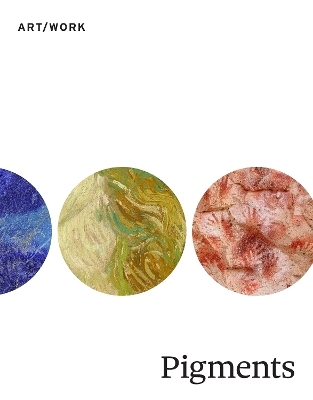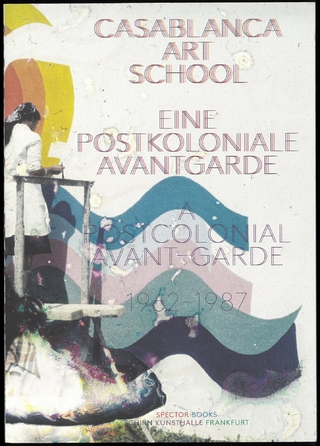
Pigments
Seiten
2024
Princeton University Press (Verlag)
978-0-691-22371-1 (ISBN)
Princeton University Press (Verlag)
978-0-691-22371-1 (ISBN)
A concise illustrated history of one of art’s most important and elusive elements
Over the millennia, humans have used pigments to decorate, narrate, and instruct. Charred bone, ground earth, stones, bugs, and blood were the first pigments. New pigments were manufactured by simple processes such as corrosion and calcination until the Industrial Revolution introduced colors outside the spectrum of the natural world. Pigments brings together leading art historians and conservators to trace the history of the materials used to create color and their invention across diverse cultures and time periods. This richly illustrated book features incisive historical essays and case studies that shed light on the many forms of pigments—the organic and inorganic; the edible and the toxic; and those that are more precious than gold. It shows how pigments were as central to the earliest art forms and global trade networks as they are to commerce, ornamentation, and artistic expression today. The book reveals the innate instability and mutability of most pigments and discusses how few artworks or objects look as they did when they were first created.
From cave paintings to contemporary art, Pigments demonstrates how a material understanding of color opens new perspectives on visual culture and the history of art.
Over the millennia, humans have used pigments to decorate, narrate, and instruct. Charred bone, ground earth, stones, bugs, and blood were the first pigments. New pigments were manufactured by simple processes such as corrosion and calcination until the Industrial Revolution introduced colors outside the spectrum of the natural world. Pigments brings together leading art historians and conservators to trace the history of the materials used to create color and their invention across diverse cultures and time periods. This richly illustrated book features incisive historical essays and case studies that shed light on the many forms of pigments—the organic and inorganic; the edible and the toxic; and those that are more precious than gold. It shows how pigments were as central to the earliest art forms and global trade networks as they are to commerce, ornamentation, and artistic expression today. The book reveals the innate instability and mutability of most pigments and discusses how few artworks or objects look as they did when they were first created.
From cave paintings to contemporary art, Pigments demonstrates how a material understanding of color opens new perspectives on visual culture and the history of art.
Barbara H. Berrie is senior conservation scientist and head of the Department of Scientific Research at the National Gallery of Art in Washington, DC. Caroline Fowler is Starr Director of the Research and Academic Program at the Clark Art Institute in Massachusetts. Karin Leonhard is professor of art history at the University of Konstanz in Germany. Ittai Weinryb is associate professor of art history at the Bard Graduate Center in New York City.
| Erscheinungsdatum | 30.05.2024 |
|---|---|
| Reihe/Serie | ART/WORK |
| Zusatzinfo | 60 color illus. |
| Verlagsort | New Jersey |
| Sprache | englisch |
| Maße | 178 x 229 mm |
| Themenwelt | Kunst / Musik / Theater ► Kunstgeschichte / Kunststile |
| Sozialwissenschaften | |
| Technik | |
| ISBN-10 | 0-691-22371-8 / 0691223718 |
| ISBN-13 | 978-0-691-22371-1 / 9780691223711 |
| Zustand | Neuware |
| Informationen gemäß Produktsicherheitsverordnung (GPSR) | |
| Haben Sie eine Frage zum Produkt? |
Mehr entdecken
aus dem Bereich
aus dem Bereich
eine postkoloniale Avantgarde 1962–1987 / a postcolonial avant-garde …
Buch | Softcover (2024)
Spector Books (Verlag)
32,00 €


